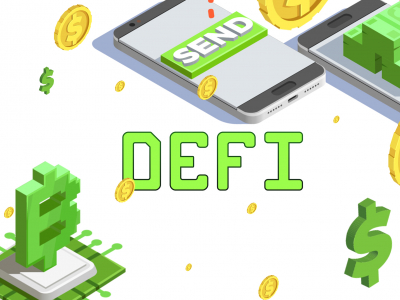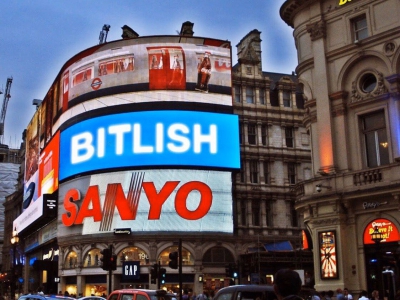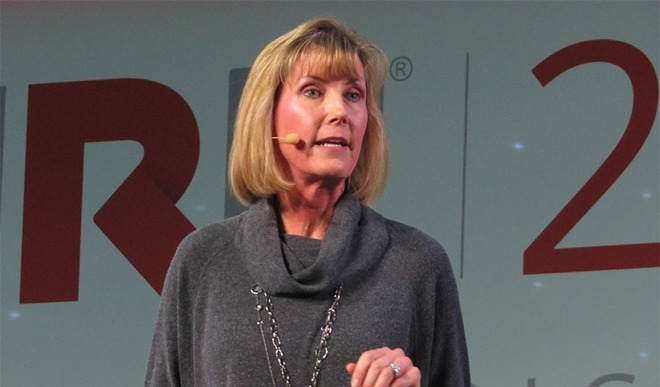To demonstrate that Bitcoin is really a global currency, the programmer from Luxembourg visited 27 countries and 50 cities, paying with the cryptocurrency wherever it was possible without turning to bank services.
It turned out a real adventure of modern times. According to the traveller’s interview with the Forbes, he managed to get as far as the Yap Islands in the Pacific Ocean, where locals still use huge stones as money. He compares the megalithic currency to the blockchain: when a stone changes its owner, all the tribe knows about it, just like a bitcoin transaction is visible to all the community.
The world journey started on 1 January 2015, only two days before the bitcoin exchange rate slid below $200. However, over the next year and a half, the price returned to steady growth, and it is also noteworthy that the odyssey ended shortly after the bitcoin halving.
Felix was keeping up to three main rules:
a) Use bitcoin wherever possible, to pay for food, housing and travel.
b) Never use a debit/credit card or ATM
c) Limited use of local currency is allowed, but you can only get it through bitcoin exchange with local residents.
Felix started from Berlin and made his first stop in Prague, where he managed to get shelter, food and other goods for bitcoins. He also visited SatoshiLabs and some bitcoin events there.
As for shops and restaurants, the traveller found them on the Coinmap, that shows the location of bitcoin-friendly businesses. To purchase tickets and find accommodations he used CheapAir and Expedia services respectively.
“I’d also like to thank the rest of the Bitcoin community. Without all these Bitcoiners in all these countries, it would not have been possible to do the trip. I did not have a bank account or credit card. Eighty percent of the people I traded with were already Bitcoiners. I found them on LocalBitcoins [a service allowing to meet someone who will sell local currency for bitcoin]”.
The Luxembourger managed to find a bitcoin enthusiast even in such a conservative country as Cuba. Not only did he sell bitcoins to his Cuban counterpart, but spent a week at his house as well.
Earlier, while in Switzerland, Felix met Bitcoin Suisse CEO and received a paper wallet from him. And afterwards, when the Cuban asked how to create such a wallet, the Luxembourger simply gave it away to his new friend – it was something like a greeting from one of the most capitalist countries to one of the most socialist ones.
It is worth mentioning that Felix was able to convince some people unfamiliar with cryptocurrencies to create a bitcoin wallet and exchange money with him.
“Most people were interested once I explained some details. It’s crazy how many people don’t trust banks anymore. Also, I was a living example that even though bitcoin is a “virtual” currency, I could do a “real” world tour. But most people don’t see Bitcoin as a real alternative yet,” said the programmer.
Felix explained that most often he had to use cash as a security deposit at the hotels. Most of his cash he spent in Asia; the USA was the least cash-demanding country. The traveller actively used mobile wallets - Android Bitcoin Wallet, Mycelium and Copay, keeping his bulk savings in Trezor.
Felix Weis is not the first who has tried to survive for some time on bitcoins only. Last year, CoinFox reported about another crypto enthusiast, Jack Nikoghosyan from the company Coinify, who tried to live for a month in Denmark paying his living with bitcoins. Not only did he achieve his goal, but also lost a few kilos, for the task was quite demanding.
According to Felix Weis, the bitcoin world journey was an interesting but "definitely not convenient" experience having nothing to do with an all-inclusive vacation. He stressed that a bitcoin traveller is permanently busy with a research - where to sell Bitcoins, where to eat and stay overnight. “When I came home at the end of the day, I wasn’t in the mood to write a blog article,” Felix recalls.
Ludmila Brus
















